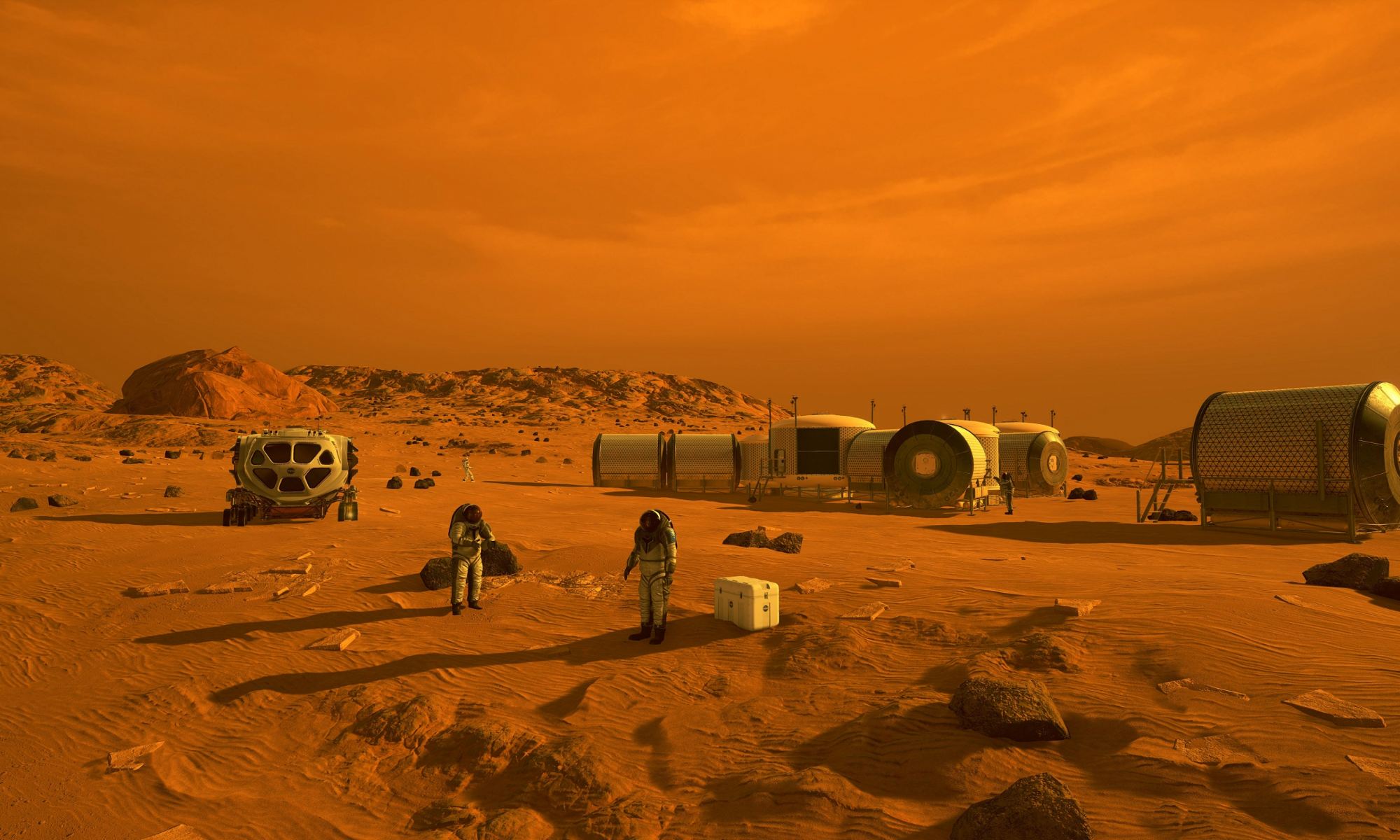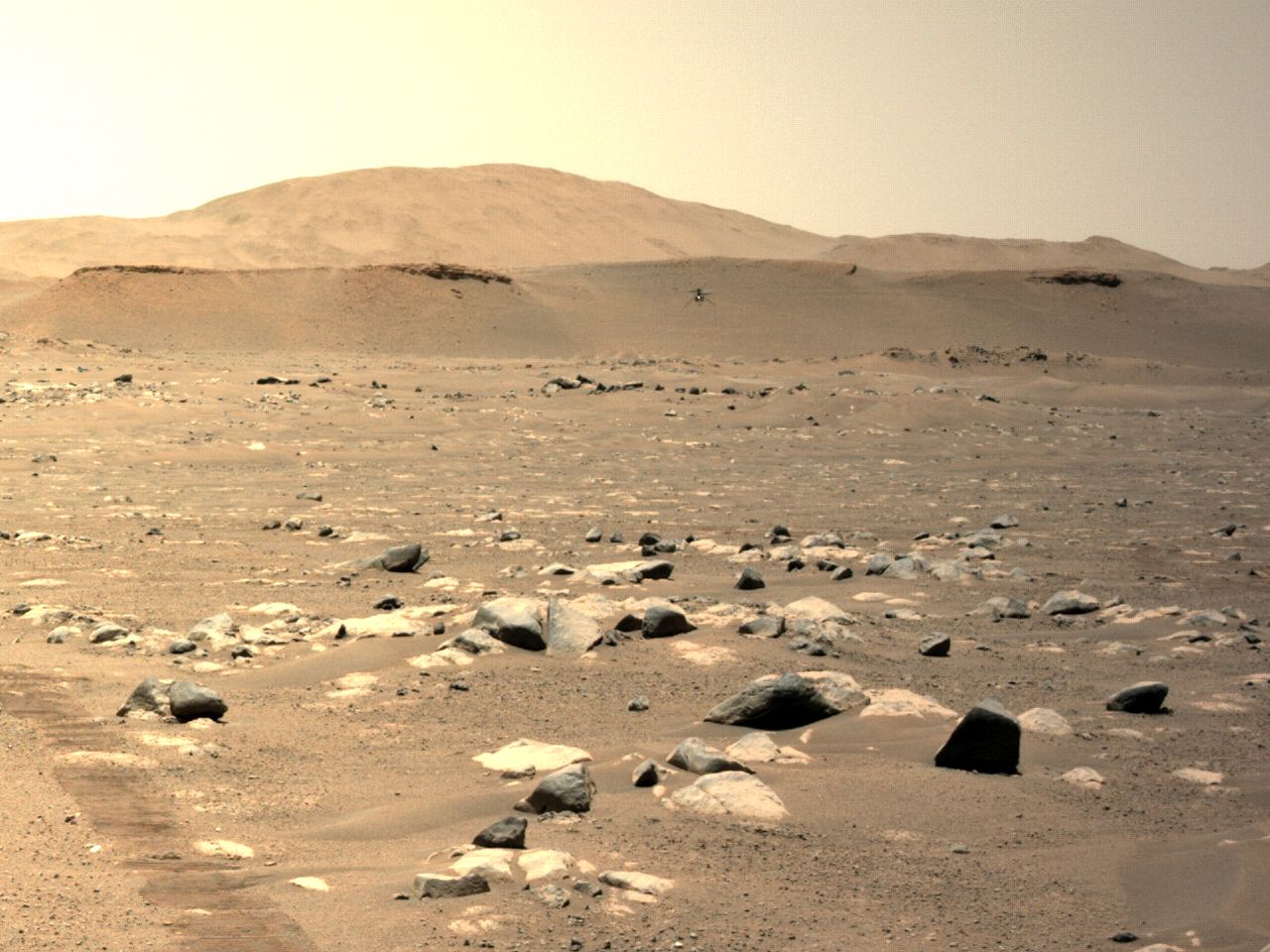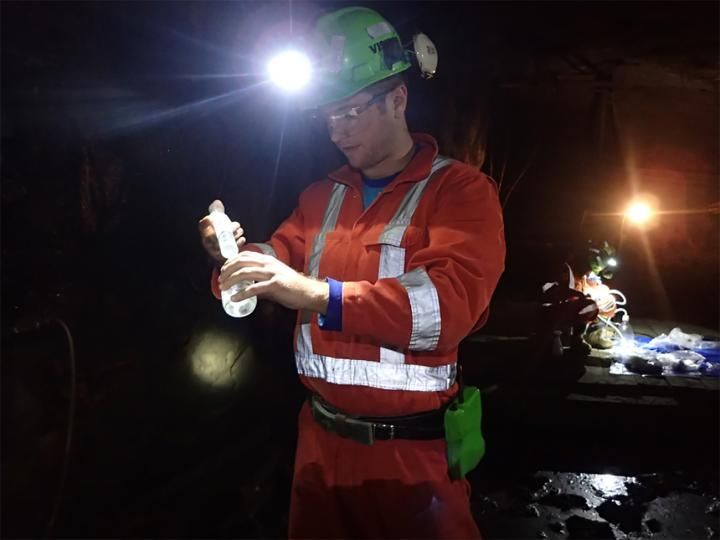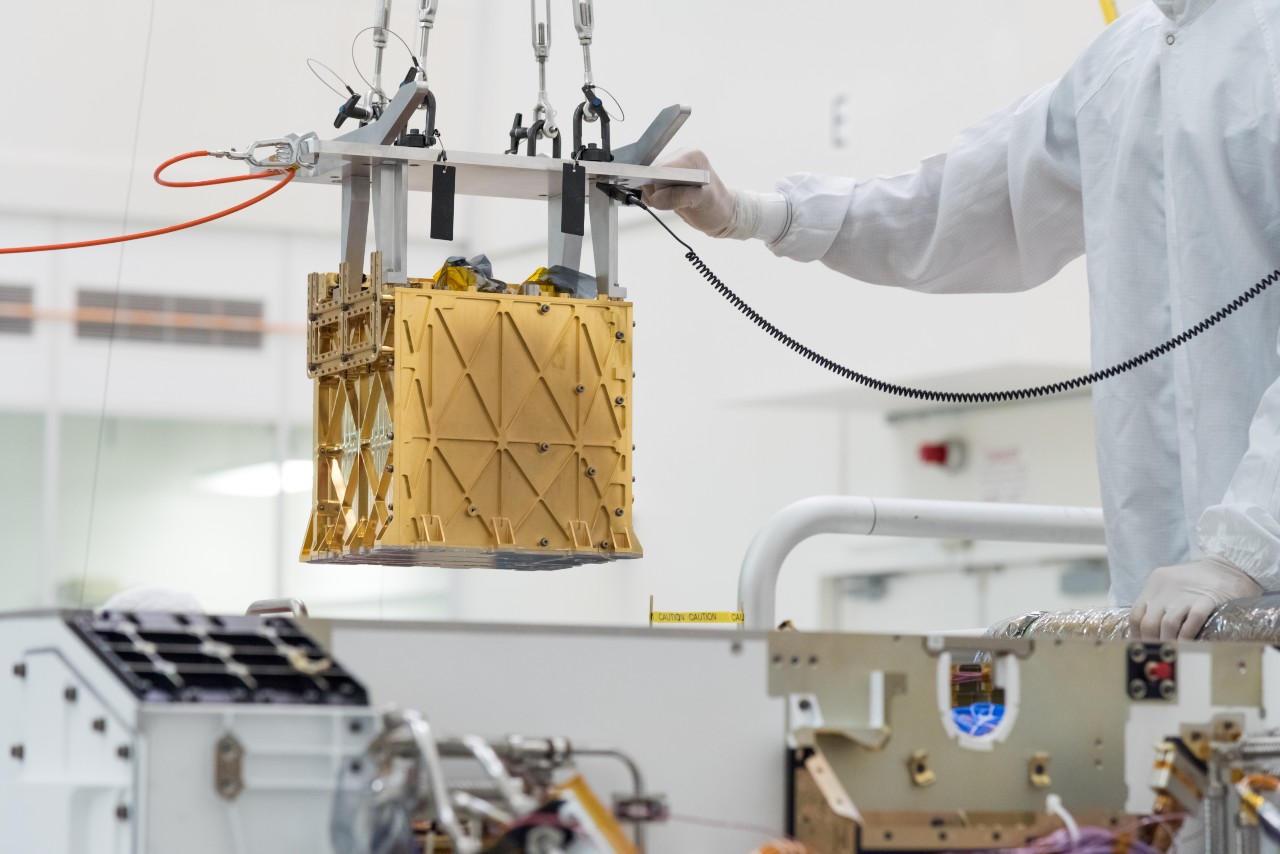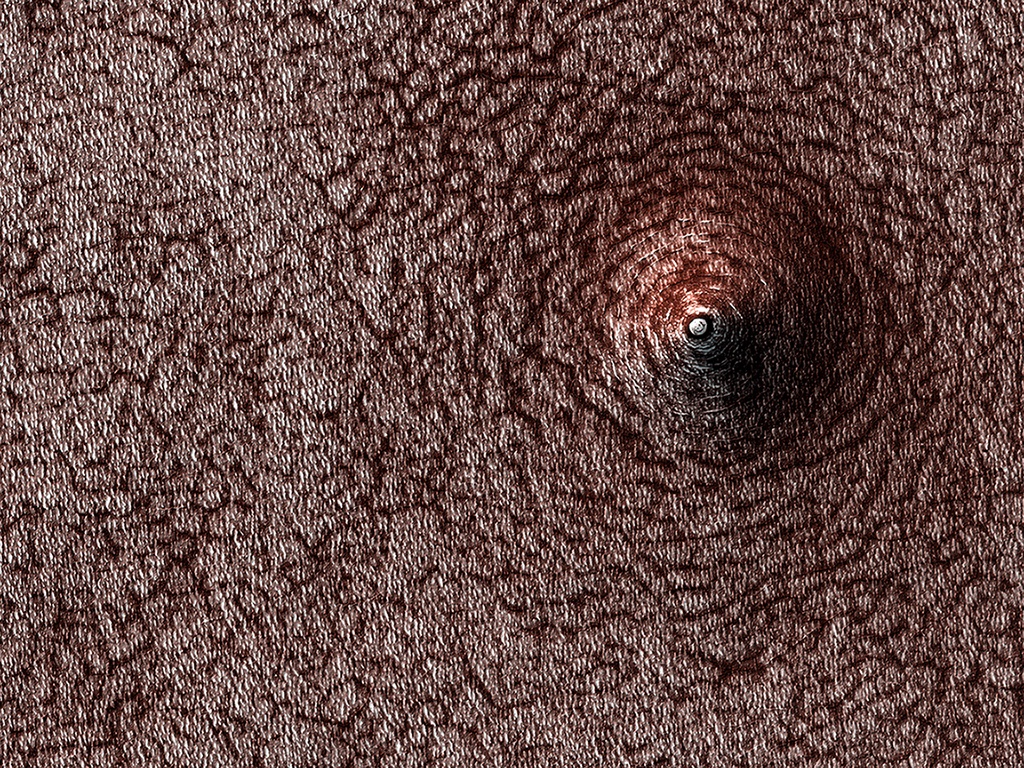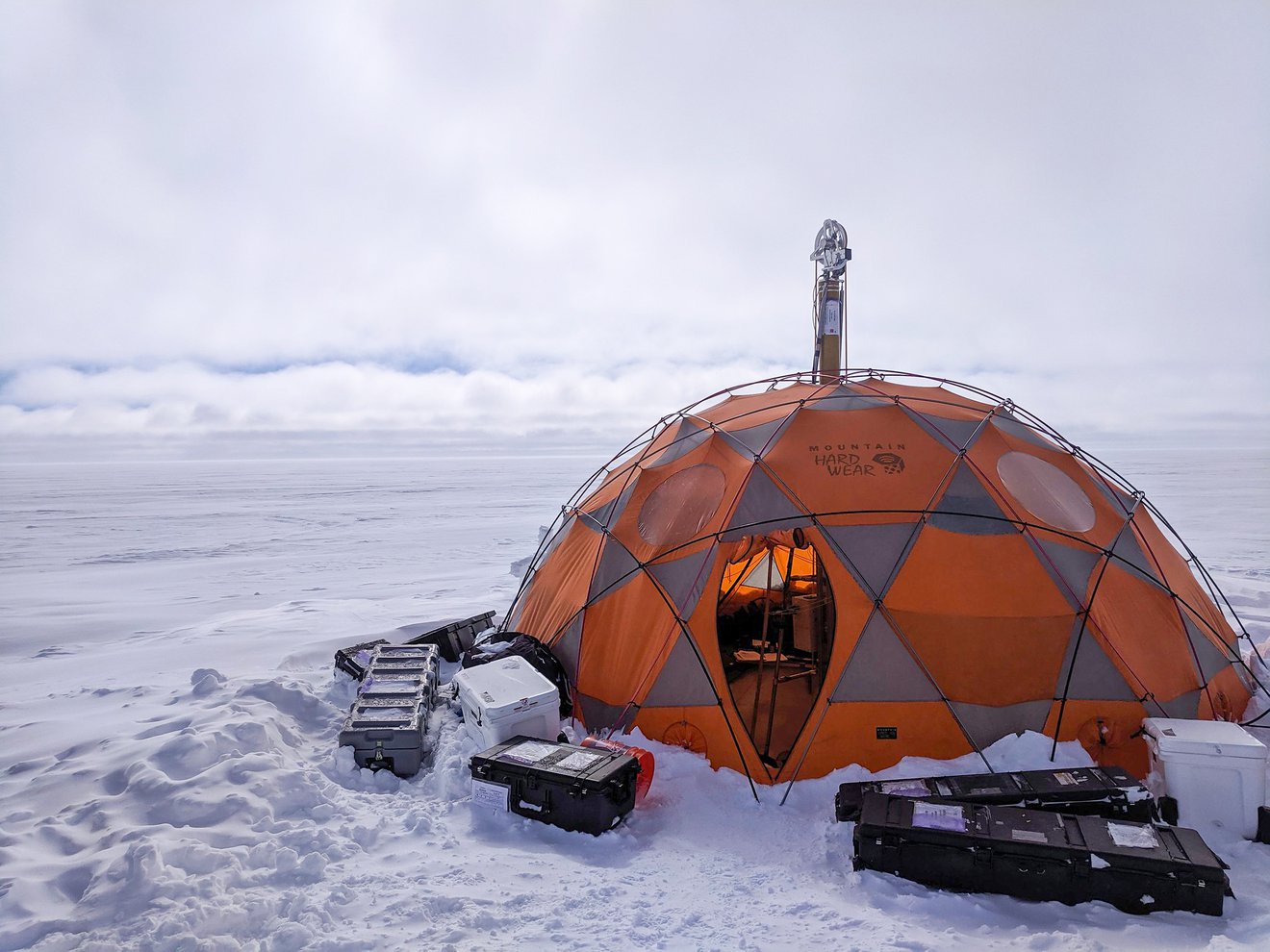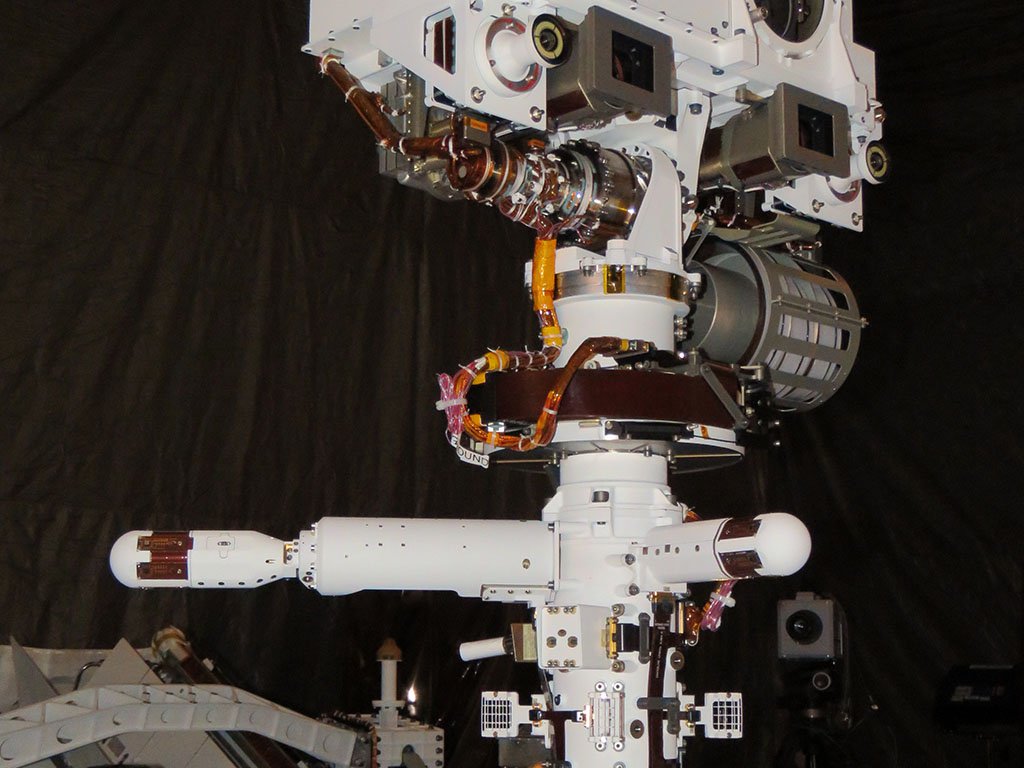By Earth standards, the surface of Mars is the picture of desolation. It’s not only irradiated and cold enough to make Antarctica look balmy, but it’s also one-thousands times drier than the driest places on Earth. However, beneath the super-arid surface of the Red Planet, there are abundant supplies of water ice that could someday be accessible to human explorers (and even settlers).
This is especially the case in the mid-latitude region known as Arcadia Planitia, a smooth plain located in Martian northern lowlands. According to new research conducted with support from NASA’s Jet Propulsion Laboratory (JPL), the region shows signs of glaciers and glacier activity. These findings could prove very useful for the future human landings and exploration of Mars, not to mention potential settlement.
Continue reading “Mid-Latitude Glaciers on Mars Could Supply Water to Human Explorers”
